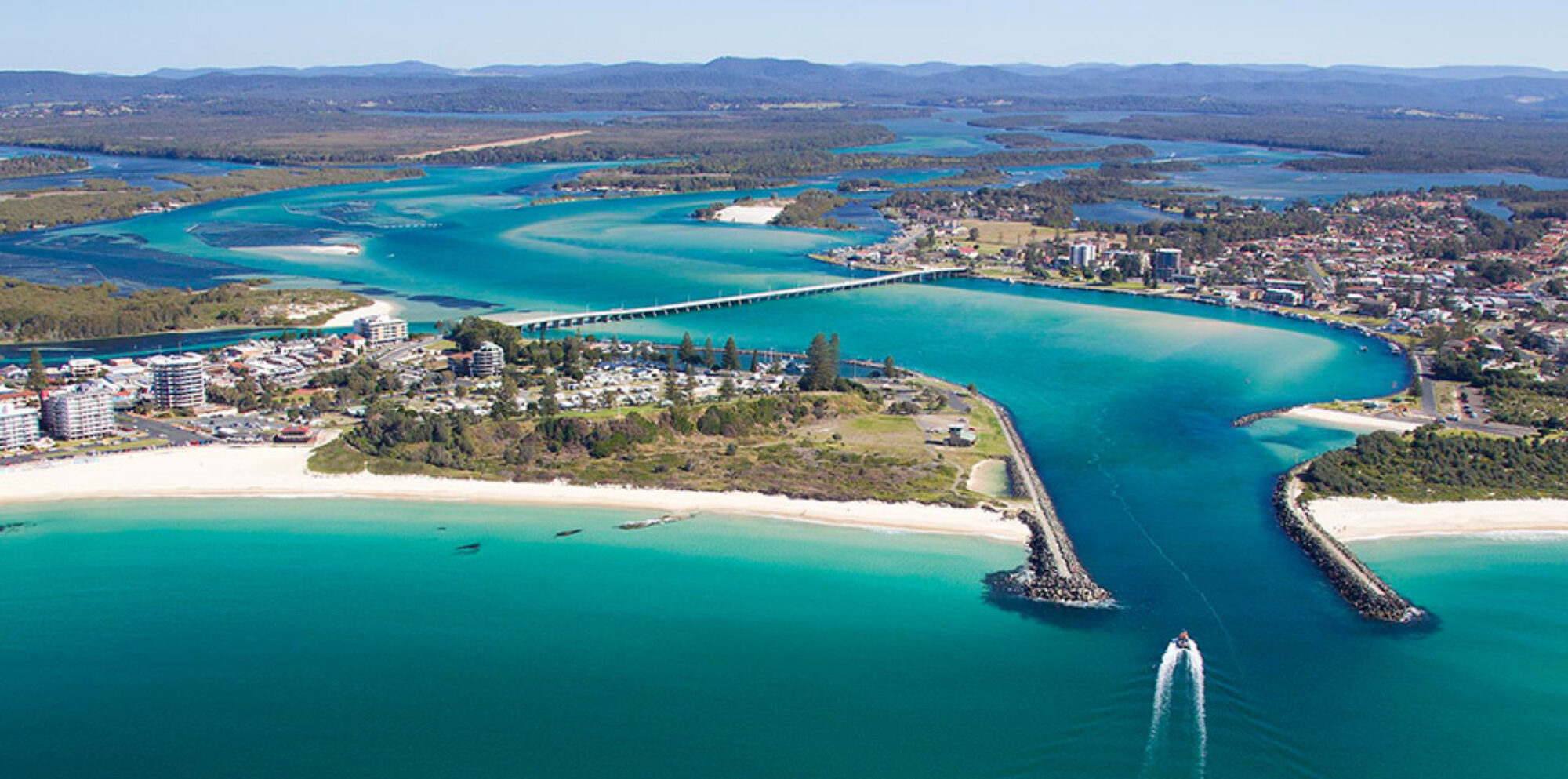We are extremely lucky to live in a country with huge diversity in our natural environments. In NSW alone, we have areas of National Parks that encompass many of these including those below. Click on the links to find out more.
- Wetland Environments– These are environments that remain wet long enough for their plants and animals to become dependent on the moist conditions for at least part of their life cycle. NSW’s wetlands are home to many wetland plants and animals, making them great environments to enjoy swimming, fishing or bird watching. Eg- Myall Lakes National Park.
- Woodland Environments– These are areas made up of trees, shrubs, vegetation and native grasses. In woodlands, there is far more space between trees, with tree crowns that don’t touch. This space allows light to filter through the tree canopy, which in turn supports different shrubs, vegetation and wildlife than that typically found in denser forests or rainforests. Eg- Blue Mountains National Park.
- Coastal/ Marine Environments– We have some of the most beautiful coast line in the world. There are beaches and estuaries teeming with interesting marine plants and marine animals. The coastal saltmarsh and wetlands found around these coastal beaches support a wide variety of birdlife and other wildlife amongst their mangrove forests and sea grass meadows. Eg- Booti Booti National Park.
- Cave and Karst Environments– These form many impressive ancient and young rock formations being found throughout the state. There is a vast range of rock types throughout NSW, including rocks that are up to 2.5 billion years old. A significant element of this geodiversity is karst, a term that describes the landforms that are created when soluble rocks, such as dolomite, limestone or chalk, dissolve under water, and the caves that can result. Eg- Jenolan Caves.
- Rainforest Environments– They are the most diverse of any in Australia, making them incredible environments alive with great biological diversity. Rainforests range in type from the lush subtropical forests of the eastern seaboard to the dry vine-filled thickets found on the semi-arid northwest NSW slopes. They are characterised by a dramatic closed continuous tree canopy. Eg- Barrington Tops National Park
- Desert and Arid Environments– Areas of low rainfall produce some spectacular environments with unique plant and animal species. National parks in these areas are home to a colourful array of desert plants and animals. Desert animals found in these regions include dozens of lizard species and characteristic desert mammals, such as red, western and eastern grey kangaroos and marsupial mice. Examples include Mutawintji National Park.
- Alpine Environments– The unique NSW section of Australian Alps is found in the southern section of the Great Dividing Range and includes the Snowy Mountains, ACT and the Kosciuszko plateau. The NSW alpine environment harbours a fascinating range of Australian native plants and wildlife only found in these rare high-altitude regions. These are popular for activities like skiing, mountain biking and hiking. Eg- Kosciuszko National Park.
